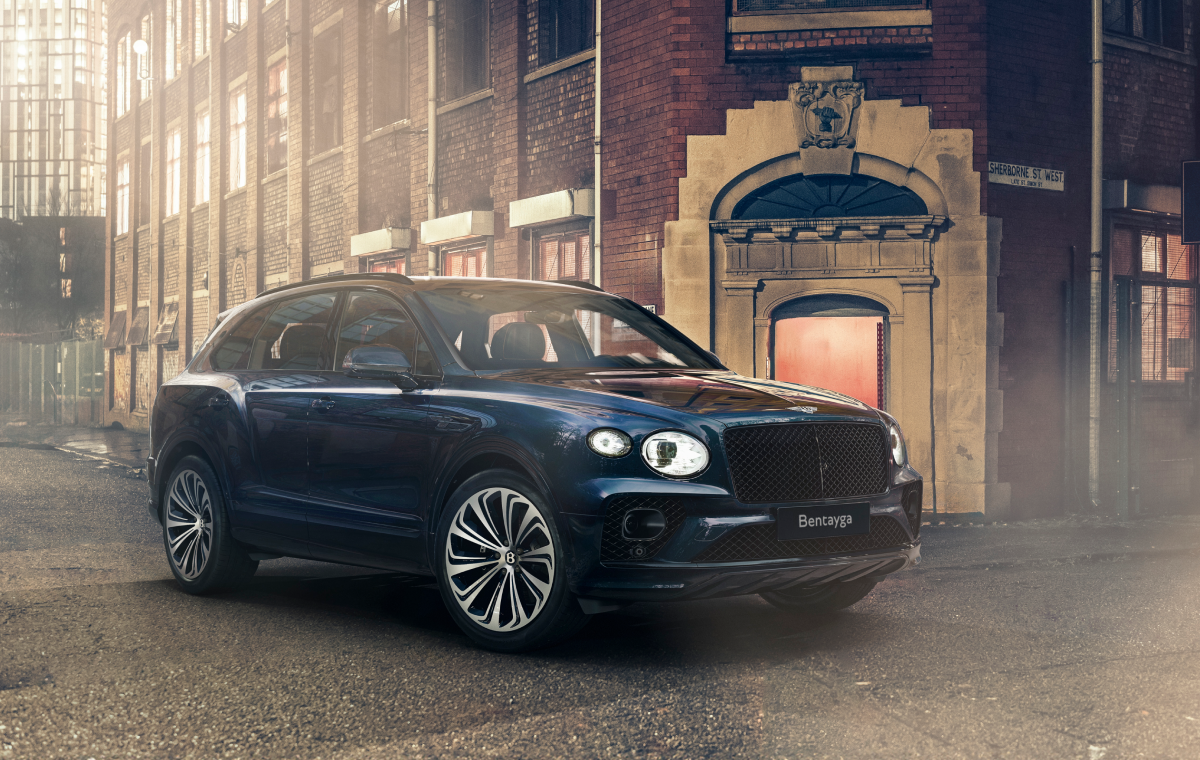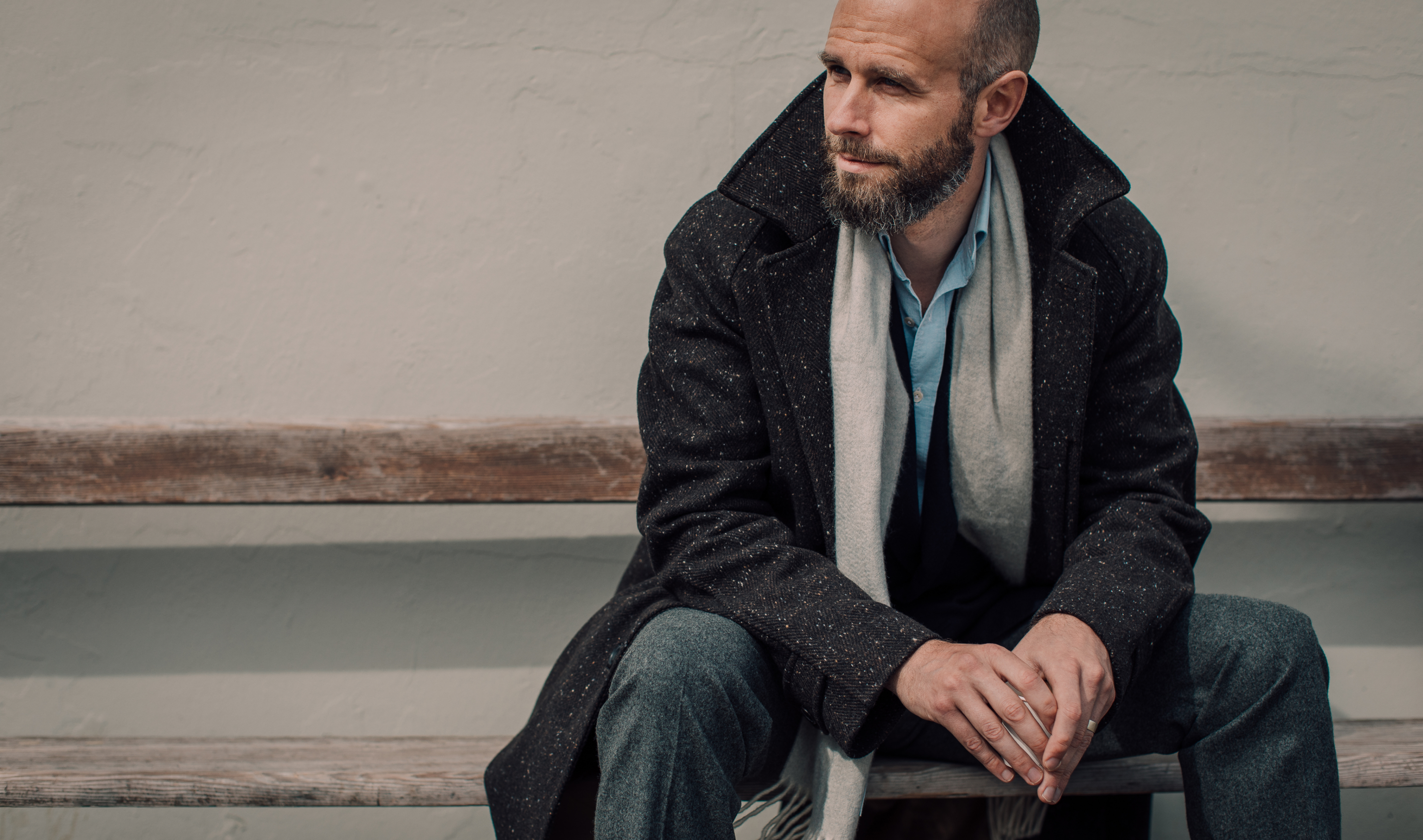We live and work in one of the wettest cities in the UK; so, it’s fair to say that over the 100 and something years our factory has been stitching outerwear, we’ve picked up a trick or two to help you beat the wind and rain.
Water proofing all boils down to one thing - fabric, and few do it better than an old faithful friend of ours; Ventile.
Although its roots can be traced back to a pre-war era, Ventile really came into its own during the second World War. Back then, Britain was heavily reliant upon Russian convoys to bring in vital supplies, but the long journey left the merchant ships vulnerable to German U-boat attacks.
Worried about losing a vital lifeline, Churchill ordered the convoys to be escorted by expendable Hurricane aircraft that could launch from merchant ships; offering instant protection from the skies for any convoy that was being ambushed at sea.
The plan worked, but the Hurricanes had no way of landing once air born. The pilot’s crash landed in the sea, destroying their aircraft and leaving themselves with a window of just a few minutes for rescue before falling to the elements.
The solution to the rapidly diminishing Hurricane crews was discovered a brisk walk away from our factory by the scientists at Manchester’s Shirley Institute. By using only the finest long staple fibres (now found in just 2% of the world’s crop), and weaving it in an incredibly dense Oxford weave, the Institute’s team created a fabric that could breath, but offered total protection from water thanks to the swelling properties of its cotton and construction. All this was achieved without any lamination or coating.
Ventile was entered into service with the RAF almost immediately and gave downed pilot’s 20 minutes longer in the water than its predecessor- by the end of the war, it had helped to increase survival rates in the water by 80%.
Famed as the world’s first technical fabric, Ventile is our preferred material for creating waterproof garments. Breathable, quiet and entirely weatherproof, it remains to this day a faithful ally to keep you warm, dry and comfortable in the worst of weather.
We live and work in one of the wettest cities in the UK; so, it’s fair to say that over the 100 and something years our factory has been stitching outerwear, we’ve picked up a trick or two to help you beat the wind and rain.
Water proofing all boils down to one thing - fabric, and few do it better than an old faithful friend of ours; Ventile.
Although its roots can be traced back to a pre-war era, Ventile really came into its own during the second World War. Back then, Britain was heavily reliant upon Russian convoys to bring in vital supplies, but the long journey left the merchant ships vulnerable to German U-boat attacks.
Worried about losing a vital lifeline, Churchill ordered the convoys to be escorted by expendable Hurricane aircraft that could launch from merchant ships; offering instant protection from the skies for any convoy that was being ambushed at sea.
The plan worked, but the Hurricanes had no way of landing once air born. The pilot’s crash landed in the sea, destroying their aircraft and leaving themselves with a window of just a few minutes for rescue before falling to the elements.
The solution to the rapidly diminishing Hurricane crews was discovered a brisk walk away from our factory by the scientists at Manchester’s Shirley Institute. By using only the finest long staple fibres (now found in just 2% of the world’s crop), and weaving it in an incredibly dense Oxford weave, the Institute’s team created a fabric that could breath, but offered total protection from water thanks to the swelling properties of its cotton and construction. All this was achieved without any lamination or coating.
Ventile was entered into service with the RAF almost immediately and gave downed pilot’s 20 minutes longer in the water than its predecessor- by the end of the war, it had helped to increase survival rates in the water by 80%.
Famed as the world’s first technical fabric, Ventile is our preferred material for creating waterproof garments. Breathable, quiet and entirely weatherproof, it remains to this day a faithful ally to keep you warm, dry and comfortable in the worst of weather.
















Leave a comment
This site is protected by hCaptcha and the hCaptcha Privacy Policy and Terms of Service apply.